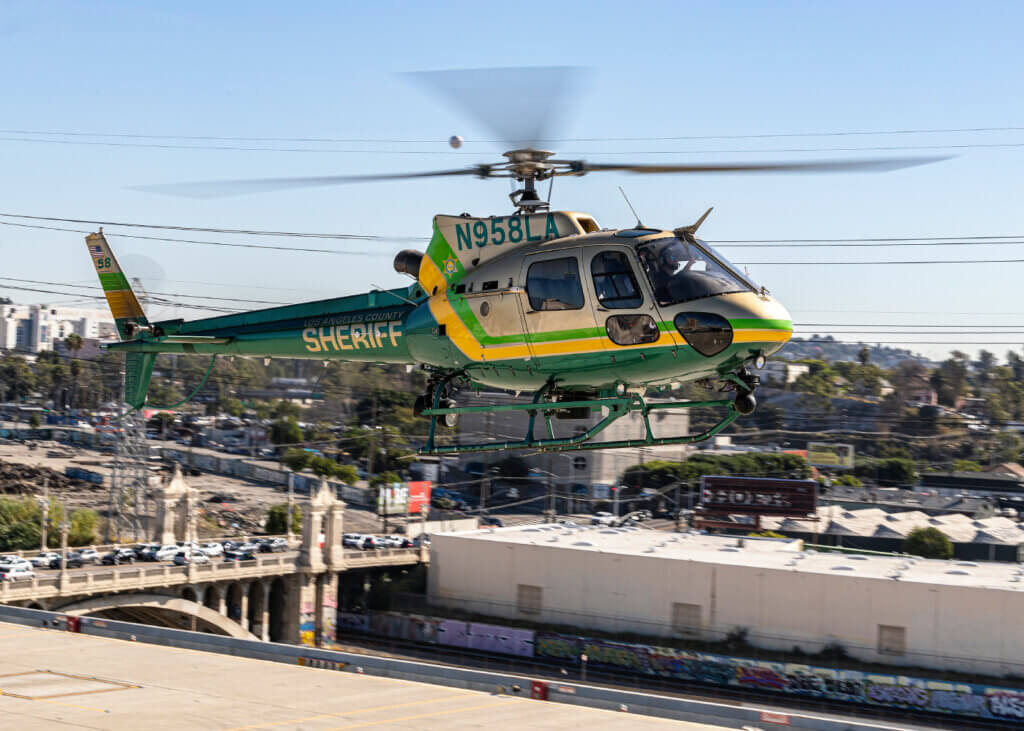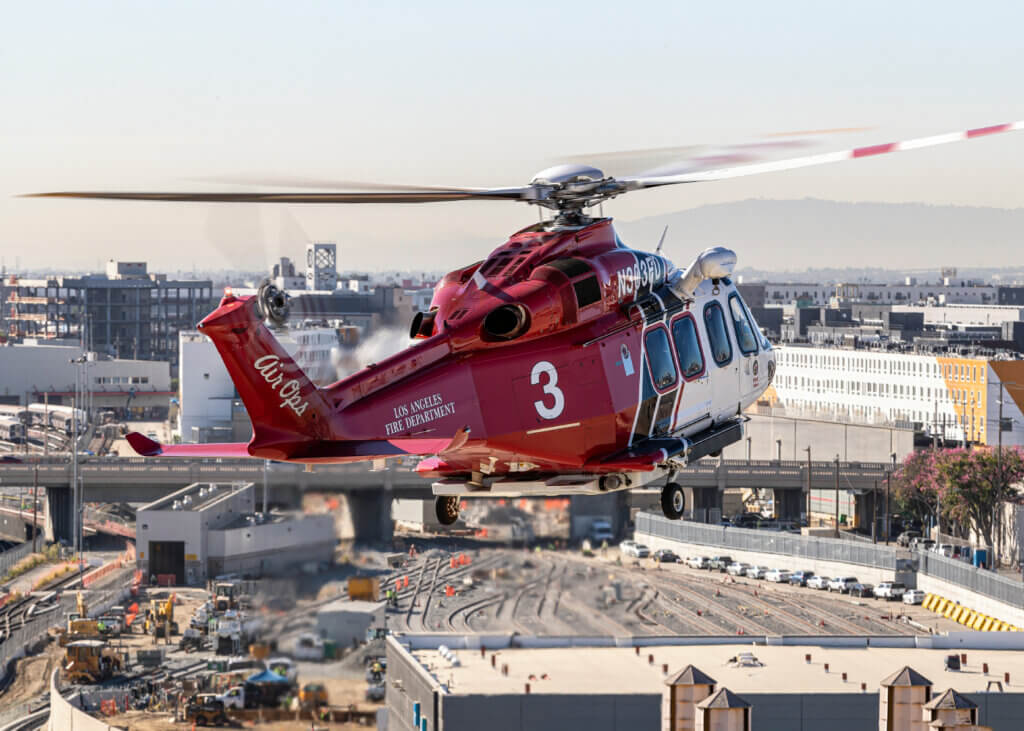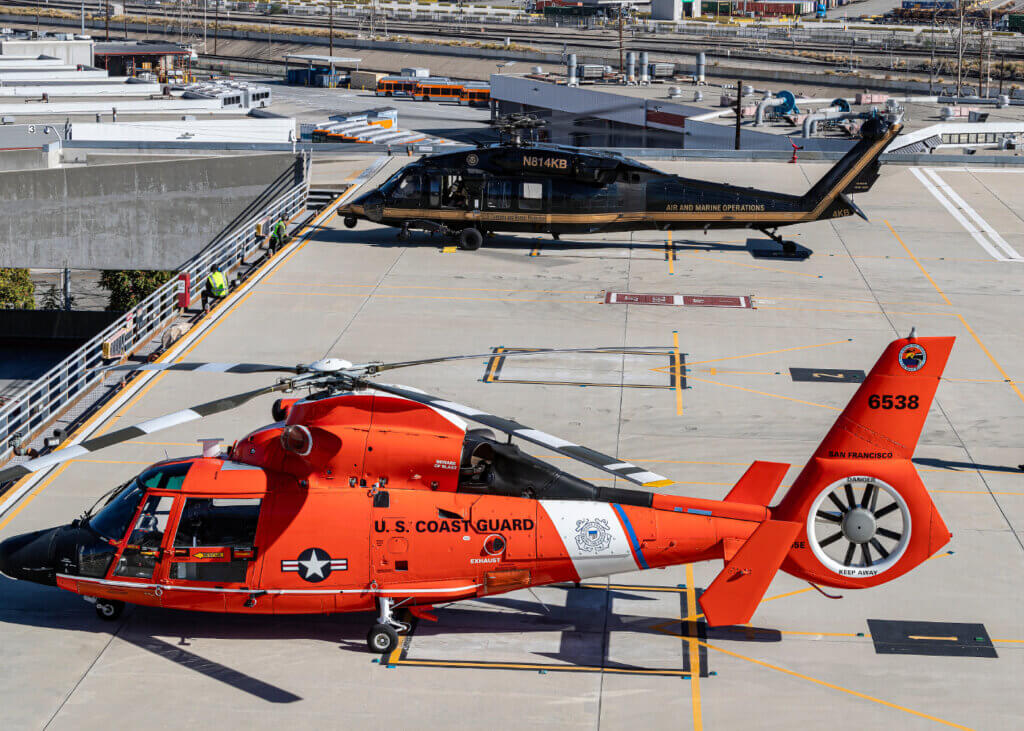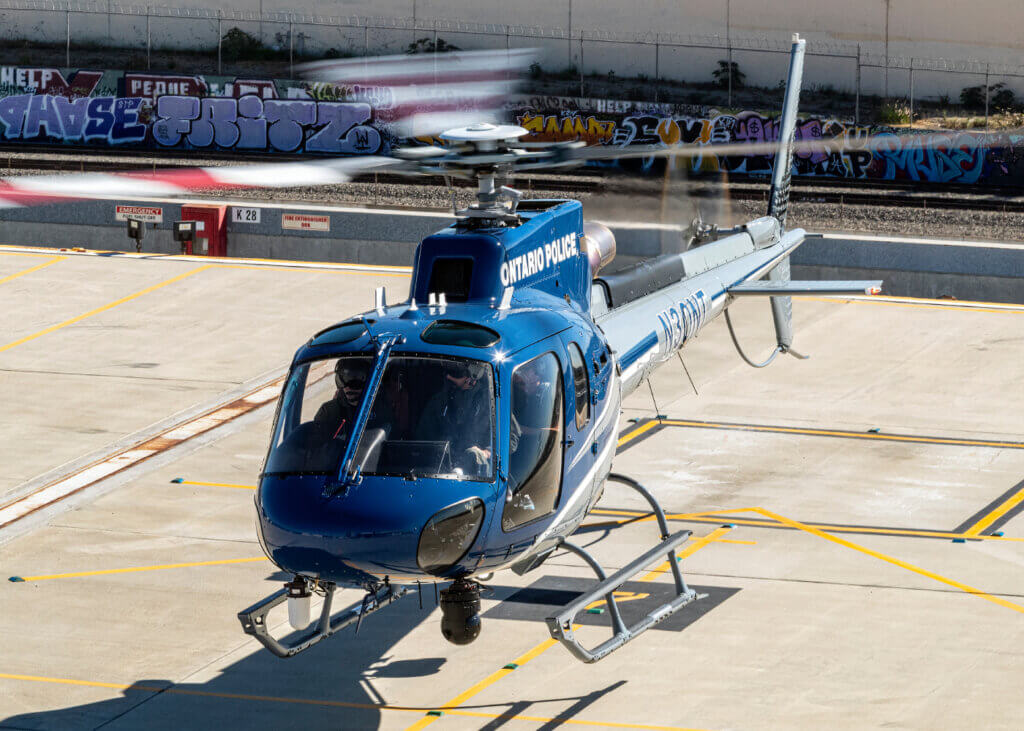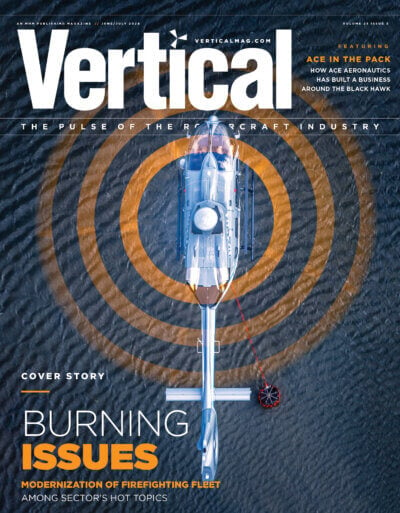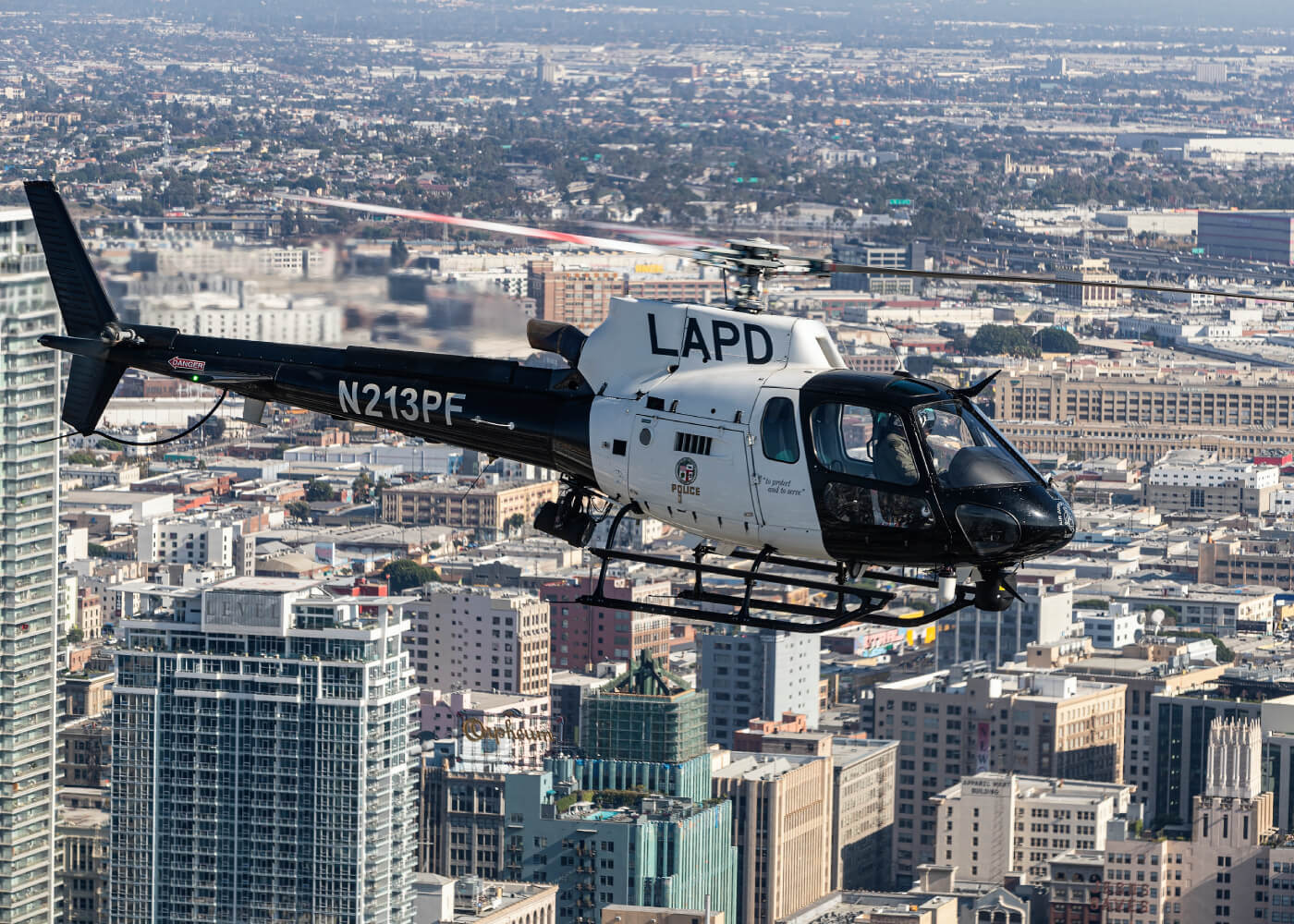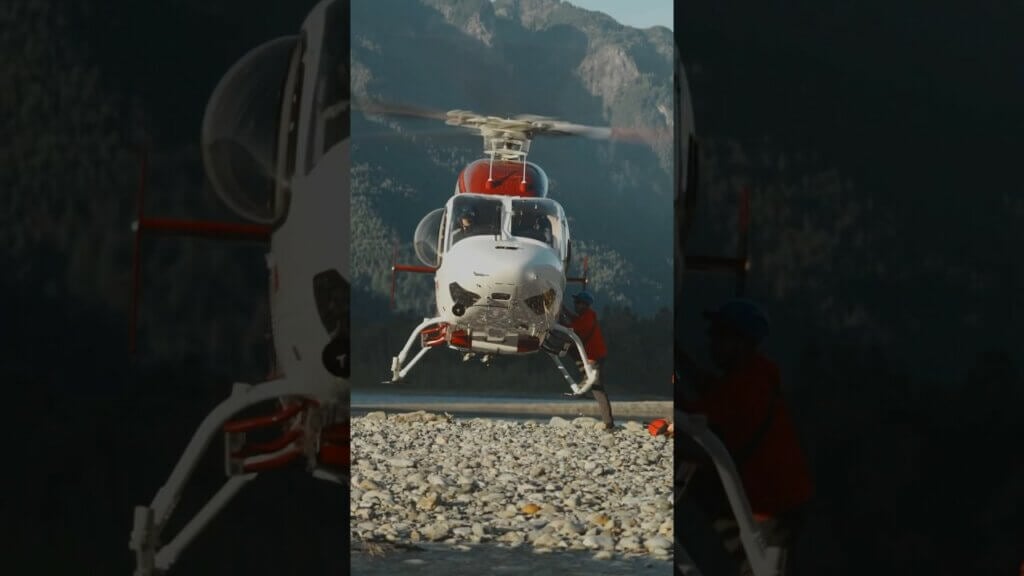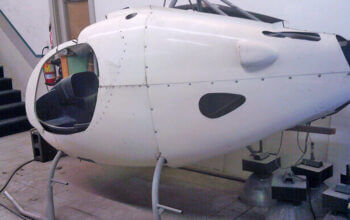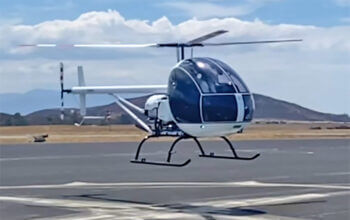As the largest municipal airborne law enforcement operation in the world, the Los Angeles Police Department’s (LAPD) Air Support Division supports LAPD operations across the sprawling 469 square miles (1,215 square kilometers) that make up the City of Los Angeles and surrounding areas.
Established in 1956, LAPD’s air support mission has evolved over the decades, adapting to the changing nature of law enforcement and the unique challenges posed by a city as diverse and expansive as Los Angeles.
Operating from the world’s largest and busiest rooftop heliport, Hooper Heliport in downtown Los Angeles, the unit’s fleet of 17 helicopters, made up Airbus H125 B3 and H125 B2e helicopters, along with one Bell 412, are strategically flown in preplanned areas throughout the city around the clock.
These routine patrols allow LAPD to cover the vast areas of the city more effectively, providing the ability to respond swiftly to emergencies and giving officers an all-important tactical picture from the air.
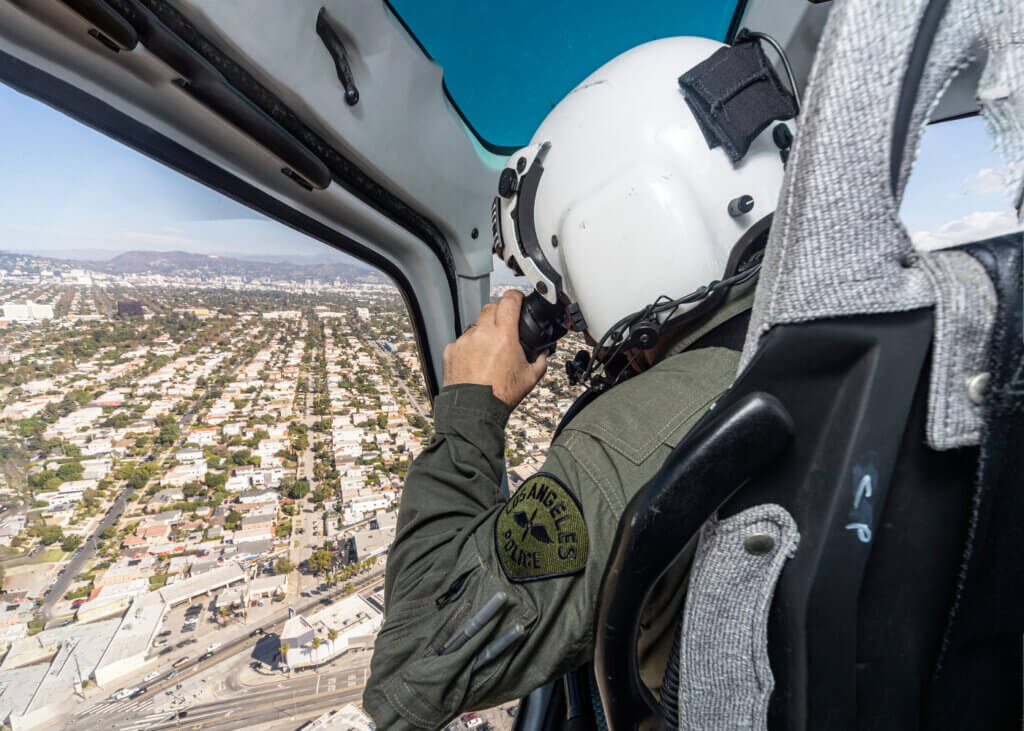
Those who do live in Los Angeles are used to seeing the famous black and white helicopters flying overhead, and while much has been written over the years about LAPD’s air support unit, there is much more to the story than many realize. The unit continuously embraces advancements in technology, tactics, and training to better support the officers on the ground and the greater airborne law enforcement mission.
The unit hosts two annual events that focus on sharing best practices, tactics, safety, and technology — not only between fellow law enforcement aviation units but also with fire, search-and-rescue (SAR), military, and government agencies. These two events are the tactical aircrew course and the public safety aviation disaster preparedness exercise.
Tactical aircrew course
Manny Dickerson, current chief tactical flight officer (TFO) at LAPD’s air support unit, is the first pilot who has concurrently held the chief TFO title. Dickerson has been in the position since 2017, and over his career, has helped develop and refine the training and standards for TFOs. He’s also in charge of running the TFO aircrew course.
“There is nothing out there in the private sector or in the industry that covers what we cover in such specifics, which is why I believe the course has really grown over the last few years,” Dickerson said.
Many other courses usually focus on one topic, and Dickerson said he hasn’t “seen anything that has the scope of what we offer in our curriculum over a weeklong course.”
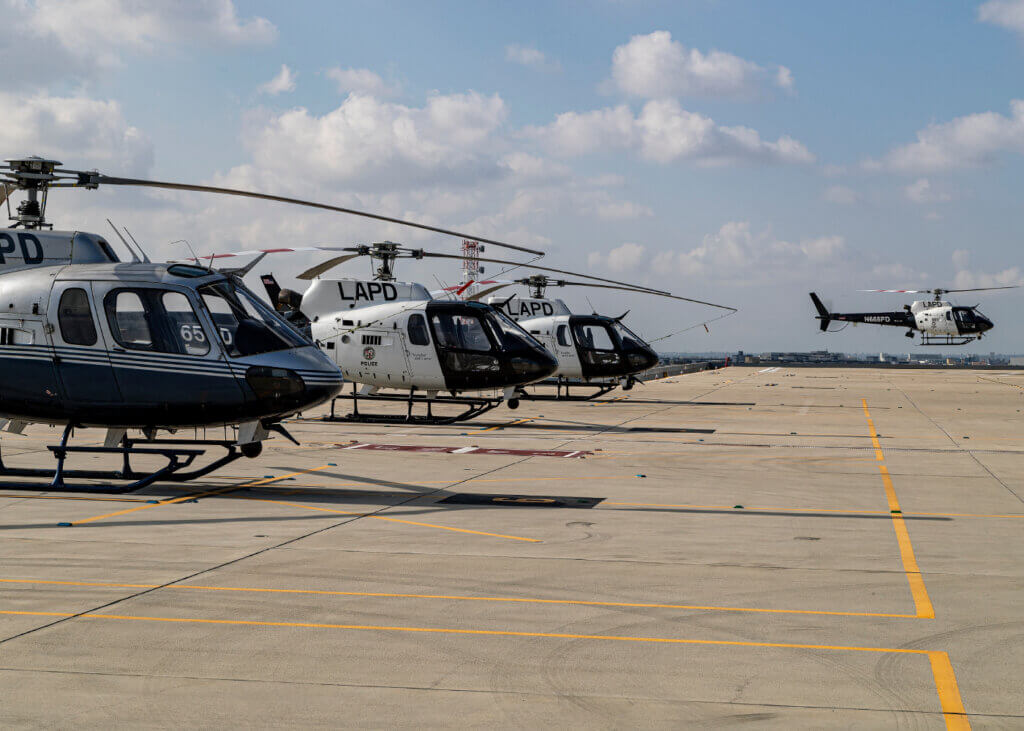
Planning for the September course begins in early April, and the classes are full every year with about 55 to 60 attendees, which includes pilots, as well as fire, SAR, and emergency medical services (EMS) crews, as well as military and federal units, and private sector companies.
“We do not advertise the class at all, and the reason is we do not have to … we book every seat every year and I, unfortunately, sometimes have to turn people down,” Dickerson said.
According to Dickerson, most of the attendees who have been coming for the last five to six years have generally been from the same agencies. For example, California Highway Patrol (CHP) typically requests as many seats as they can accommodate every year, but he also noted that many past attendees pass information about the course to other agencies, which has led to even greater interest.
Most of the classes are taught by retired LAPD TFOs and pilots like Jack Schonely who often shares his decades of knowledge on topics as far ranging as suspect evasion tactics, perimeter containment, and communication skills.
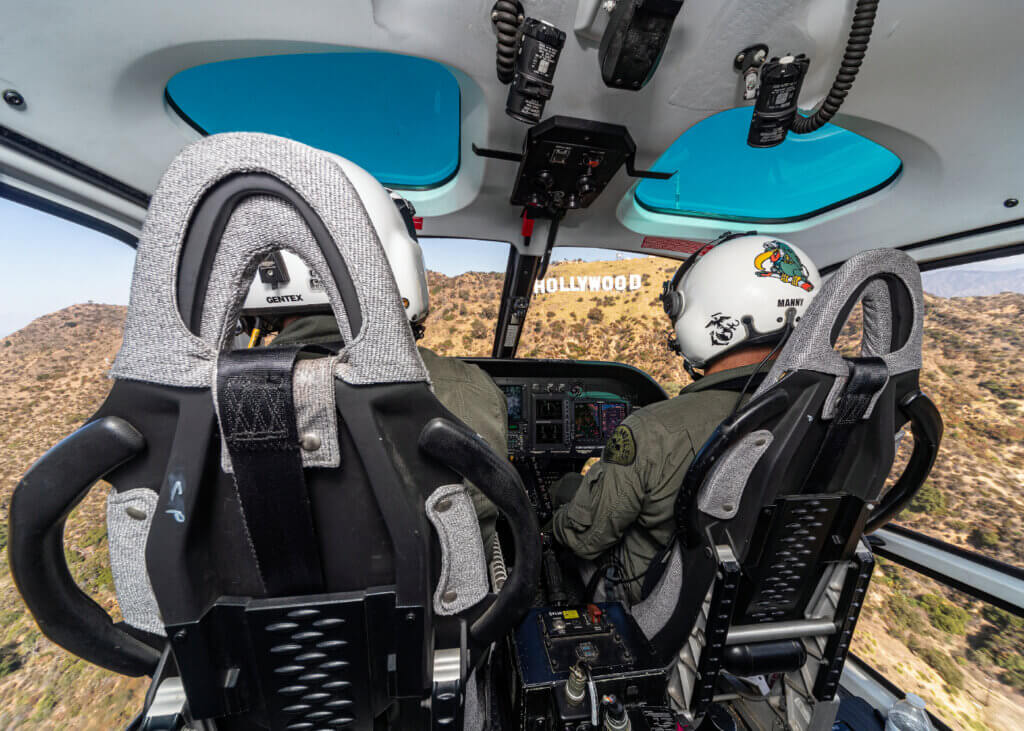
“This was my home for a long time, and these people here are my brothers and sisters, so if I can continue to support them in any way I can, I always will,” Schonely said.
The goal of the weeklong course is to provide attendees with an overview of the evolution of airborne law enforcement, share technical advances in equipment, and describe through real-world missions the current challenges in law enforcement aviation.
Specific areas such as learning to use the moving map systems more effectively, FLIR operations, utilizing downlink systems, and how to deal with laser strikes are all encompassed within those larger topics.
Attendees also have an opportunity to participate in an operational ride-along with air support crews to observe their methods firsthand and interact and share ideas on airborne law enforcement in a real-world scenario.

Disaster preparedness exercise
“In our jobs in law enforcement, we are always just one radio call away from a shootout, one radio call away from another horrific school shooting, one radio call away from a terrorist attack or civil unrest. And no one can predict when the next natural disaster may hit the area,” said John Izzo, a retired LAPD pilot and the current safety officer for the air support unit. “LAPD air support needs to always be training, to be ready for anything.”
The disaster preparedness exercise includes agencies from law enforcement, fire, SAR, EMS, and military working together to prepare for the event of a large mass casualty or natural disaster.
“What is important for me on the safety side is getting our guys outside of their comfort zone,” Izzo said. “They fly patrol in the city every day, but when we put them in a disaster or mass casualty event, can my crews [respond to] that and can they do it safely?”
Listen now!
Extended coverage of this feature on this Vertical Helicasts episode:
Click here to listen to Part 1 with chief TFO Manny Dickerson
Click here to listen to Part 2 with chief TFO Manny Dickerson
